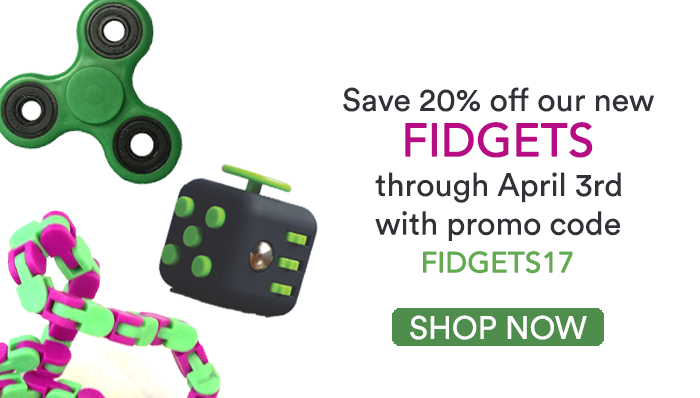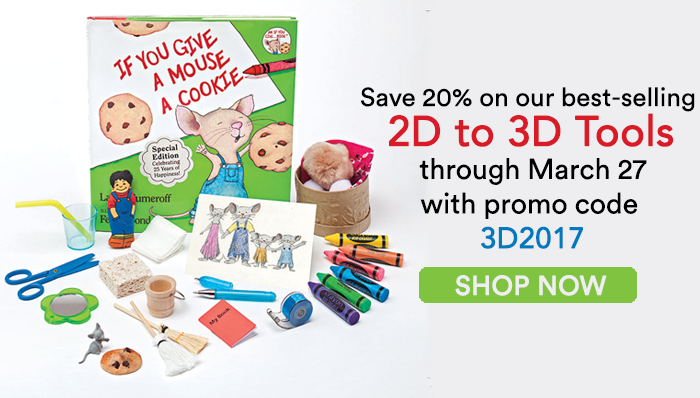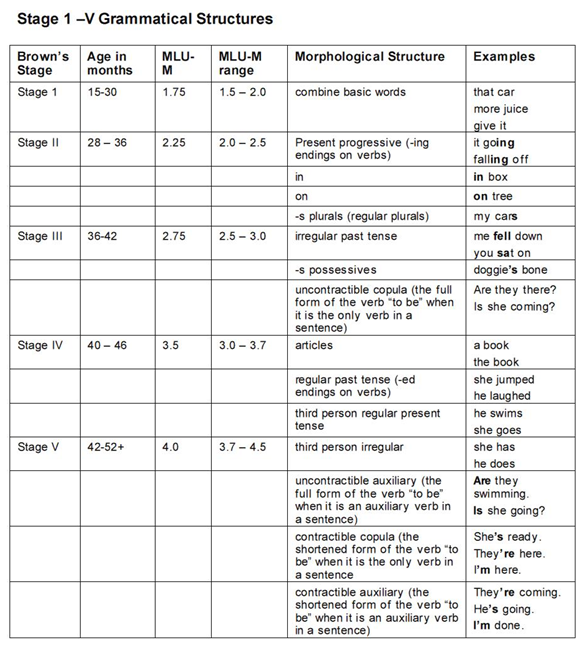As parents, we want our kids to want to have good behavior. They should want to behave because it’s the right thing to do, right? Yeah right. This is why all parents should use token economies.
Have you met a 3 year old with an innate desire to good for this world? It’s in there somewhere but at age 3, it’s more like threenager-ville. Little humans do what gets them what they want. They behavior in a certain way to achieve a certain outcome.
A threenager is likely to tantrum to get access to their favorite toy, TV show, candy, a left shoe they can see on the other side of the room — you name it. They are acting a certain way (tantrum) to achieve a certain outcome (getting whatever they want).
What can we do about this? Is there any way to teach them to behave?! Well, we can make sure they get what they want not by having a tantrum, but by engaging in desired behaviors.
We can use positive reinforcement in a more structured and specific way than just handing out praise and rewards willy-nilly.
The definition of a token economy is: a behavior change system consisting of three major components: (a) a specified list of target behaviors; (b) tokens or points that participants receive for emitting the target behaviors; and (c) a menu of backup reinforcer items.
Token economies can possibly take the form of sticker charts, chore charts, marble jars, etc. You need a physical token that your child can earn when they engage in the desired behavior. You do NOT need to go out and spend $50 at the nearest school supply store making a big fancy chart. You can draw 5 circles on a piece of paper. When they do the desired behavior, draw a check mark in the circle. Done. Grab that piece of junk mail off the kitchen counter and a half-eaten, I mean half-broken, crayon.
The next step is to define the behaviors. Again, you don’t need a big fancy dictionary. Just pick one to three behaviors that will earn the tokens. You need your Little to understand this so it can’t be a big grown up idea like ‘being responsible’ or ‘showing respect’. What does that mean to a Little? Be specific. You earn a token for: (1) following instructions without yelling; (2) eating 5 bites of every food Mom puts in front of you; and (3) putting on your shoes when instructed to.
Pick your battles. You may have a list of 20+ things your Little could stand to improve. I’m pretty sure I have a list of 20+ things to put myself on a token economy. Let’s prioritize and make it understandable by the kiddo.
Lastly — what can they earn with these tokens? You can give choices before earning and they can decide at the beginning or at the end. You can make a fancy menu of reinforcers — Chuck E Cheese is the perfect example of this. This many tickets = this super awesome toy.
Or, you can just say: get all the stickers, get 5 check marks, get 10 marbles and earn a fun activity. You can pick from: extra screen time, trip to the library, a new toy from the dollar spot, etc.
All of that in short form:
- Pick 1-3 behaviors and make sure your Little understands what they are.
- Have an actual token they can earn and set a goal.
- Provide the reward when they reach that goal. Make it a big deal!
Tips:
- When you first start out, set the goal low. If it’s too hard to achieve, that won’t motivate anyone, especially a Little who is struggling with those behaviors to begin with.
- Over time, raise the goal. Make the reward bigger for a bigger goal, smaller for a smaller goal. Play with it to see what is successful for your Little and doable for you in your busy day.
- Make every token earned a big deal — lots of praise and excitement.
- Don’t spend a lot of time and money setting up a fancy system. Like all things we do as parents — as soon as we get a good system down, our Little changes things up on us and we have to be flexible. My own daughter sees a strip of printer paper and thinks I’ve made her a new sticker chart. That’s how fancy sticker charts are at my house!
- Be creative!
- My aunt gave this idea from her life: She had a picture of a poodle and her daughter glued cotton balls on it. When she filled the picture, they actually got the poodle!
- My sister let her oldest pick out his marbles for a marble jar on a special shopping trip to the craft store (less than $5 — don’t go overboard, folks!). That helped him buy into the process form the get go.
- Cut up a picture of the prize like a puzzle. They get a puzzle piece as a token. The finished puzzle earns the prize!
- Look in the app store. Seriously — there are many apps for reward charts.
- Google ‘behavior chart’. You’ll find a gazillion cute templates if that’s what you’re into — cutesy.
- I once made a necklace for a student who was really into jewelry. It was a laminated sticker chart necklace and she loved it.
One last thought: Someday you will find that things are going well and the token economy goes by the wayside. Remember it when a new problem behavior crops up and you are once again at your wit’s end. Start over. Pick new behaviors, new rewards, same system.
Don’t take my word for it — this is just the tip of the iceberg in behavior analytic research supporting token economies.
If you’re not a crafty person, you can always check out our reward chart here!
Citations:
Cooper, J., Heron, T., & Heward, W. (2007). Basic Concepts. In Applied Behavior Analysis(2nd ed., pp 560-567). Columbus: Pearson.
Kazdin, A. E. (Ed.). (1977). The token economy: A review and evaluation. Plenum Publishing Corporation.
Kazdin, A. E. (1982). The token economy: A decade later. Journal of Applied Behavior Analysis, 15(3), 431-445.
Skinner, B. F., Ferster, C. B., & Ferster, C. B. (1997). Schedules of reinforcement. Massachusetts: Copley Publishing Group.
Reitman, D., Murphy, M. A., Hupp, S. D., & O’Callaghan, P. M. (2004). Behavior change and perceptions of change: Evaluating the effectiveness of a token economy. Child & Family Behavior Therapy, 26(2), 17-36.
Leanne Page, M.Ed, BCBA has worked with kids with disabilities and their parents in a variety of settings for over 10 years. She has taught special education classes from kindergarden-grade 12, from self-contained to inclusion. Leanne has also managed a center providing ABA services to children in 1:1 and small group settings. She has extensive experience in school and teacher training, therapist training, parent training, and providing direct services to children and families in a center-based or in-home therapy setting. Since becoming a mom, Leanne has a new mission to share behavior analytic practices with a population she knows needs it- all moms of littles! Leanne does through her site parentingwithaba.org and through her book ‘Parenting with Science: Behavior Analysis Saves Mom’s Sanity”. You can contact her at lpagebcba@gmail.com.



 The pervasive nature of ASD across these areas means that multiple disciplines are necessarily involved in effective intervention (Donaldson and Stahmer, 2014). When we work together and have a narrow focus, we can help our students make a great deal of progress. Gone are the days of a Speech Language Pathologist, Physical Therapist or Occupational Therapist taking a student away for traditional pull out therapy and leaving no time for debriefing with the classroom team.
The pervasive nature of ASD across these areas means that multiple disciplines are necessarily involved in effective intervention (Donaldson and Stahmer, 2014). When we work together and have a narrow focus, we can help our students make a great deal of progress. Gone are the days of a Speech Language Pathologist, Physical Therapist or Occupational Therapist taking a student away for traditional pull out therapy and leaving no time for debriefing with the classroom team. Rosemarie Griffin, MA, CCC-SLP, BCBA is a licensed speech language pathologist and board certified behavior analyst. Currently she splits her time between a public school system and a private school for students with autism. She is passionate about lecturing on effective communication services for students with autism and has done so at the local and national level. Rosemarie also enjoys spending time with her family, playing the harp and shopping.
Rosemarie Griffin, MA, CCC-SLP, BCBA is a licensed speech language pathologist and board certified behavior analyst. Currently she splits her time between a public school system and a private school for students with autism. She is passionate about lecturing on effective communication services for students with autism and has done so at the local and national level. Rosemarie also enjoys spending time with her family, playing the harp and shopping.

 From
From